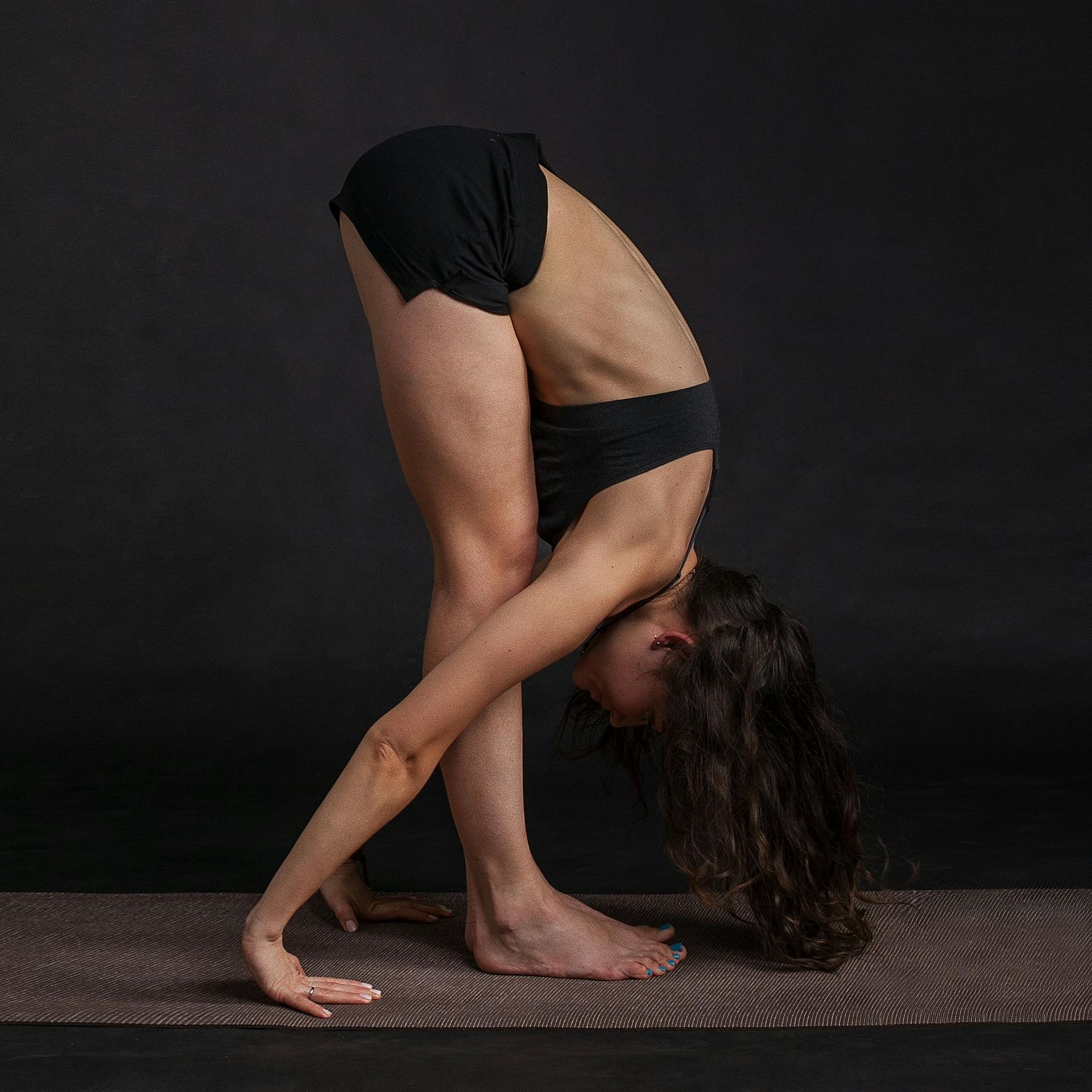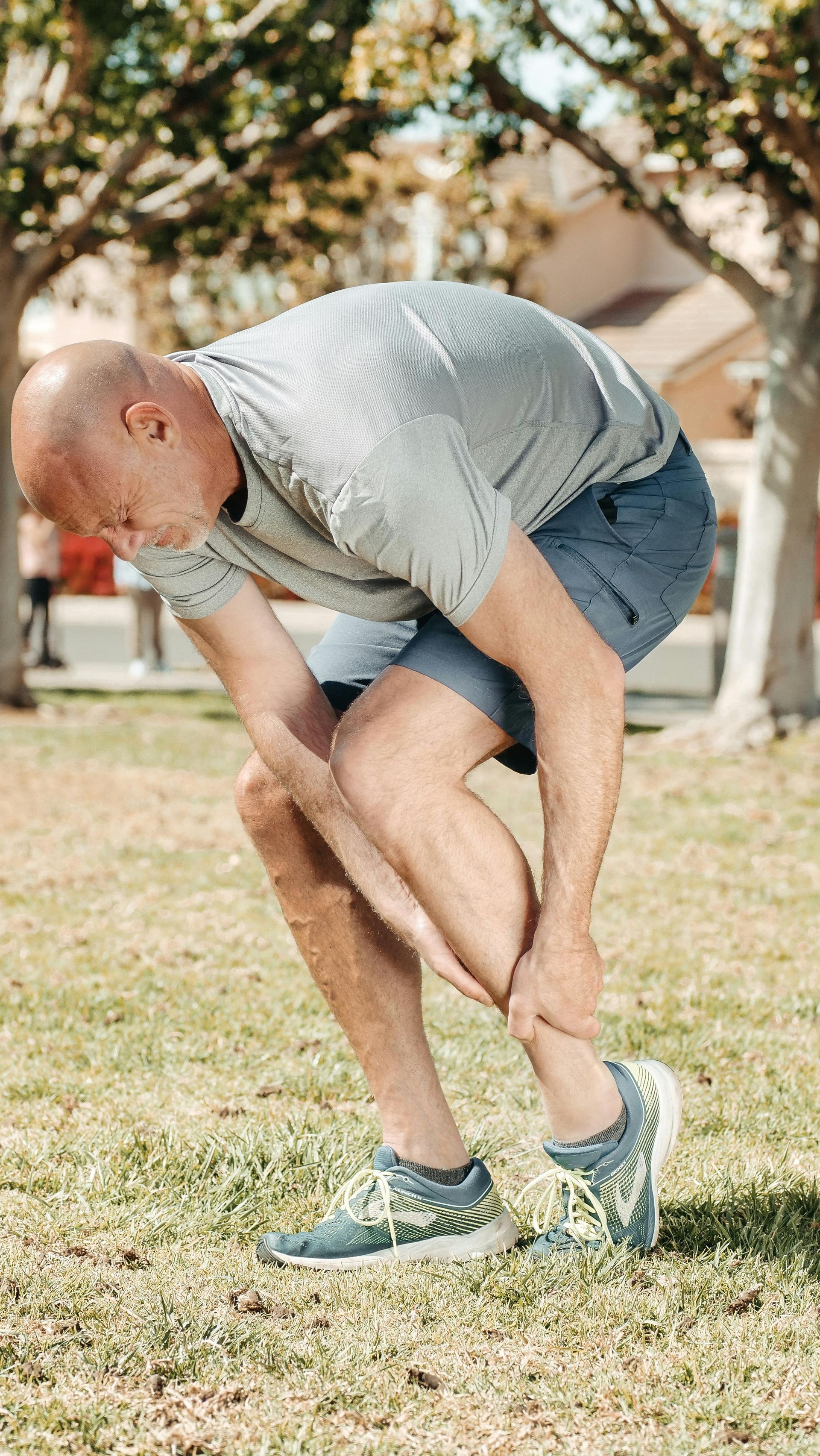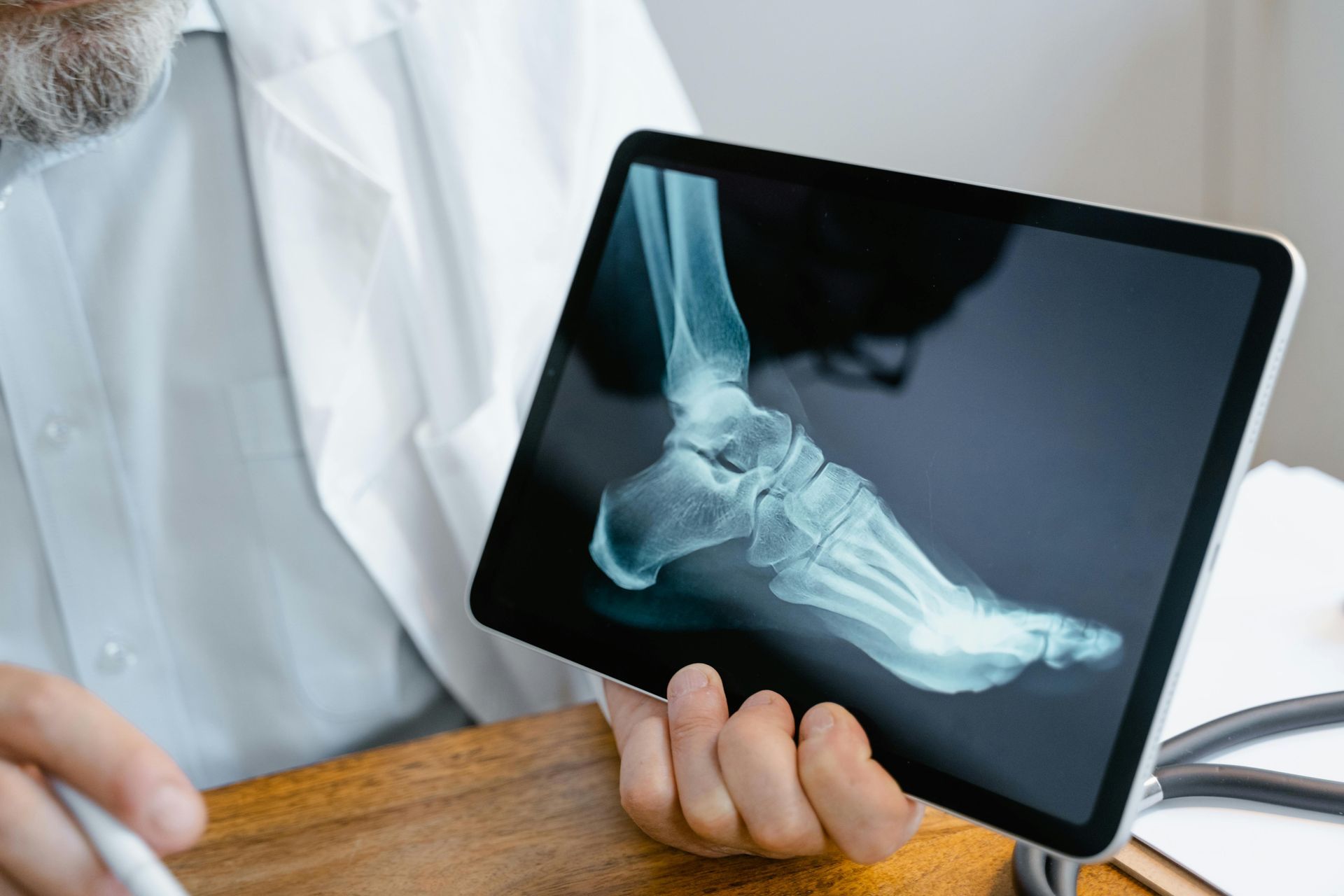Magnesium Contrast Therapy – The 6 key benefits for health and injury
You'll be surprised at the benefits a magnesium pool can have!
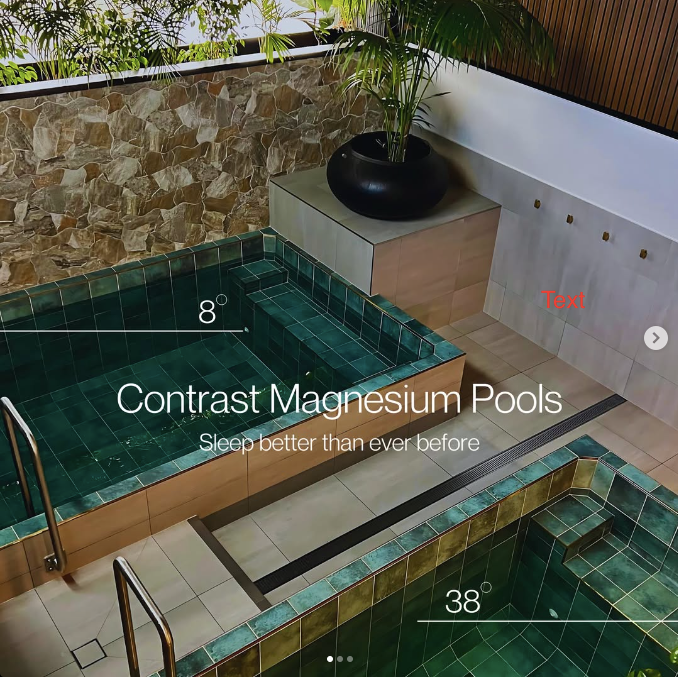
What’s involved with a contrast magnesium pool session?
At Refined, we have two pools – one at approximately 38 degrees and one at approximately 8 degrees. A session involves submerging as much of your body as you like, in one pool, for up to 5 minutes at a time, then switching to the other pool to get the “contrast” effect.
These temperature shifts on the body cause rapid expansion and contraction of your blood vessels, which increases the flow of blood and fresh oxygen through the body. This has been found to have numerous beneficial effects, as well as the absorption of magnesium – for mental and physical health.
What are the benefits?
1. Reduction of pain and swelling
Studies have found that contrast therapy can reduce swelling associated with injury, as well as pain levels. It also reduces post-exercise soreness associated with training (DOMS).
2. Reduced inflammation
The contrast therapy also assists with a reduction of inflammatory markers in the body that can be associated with injury. This leads to an improved recovery time and overall improved general health.
3. Increased joint range of movement
The increased blood flow, reduced joint load on the body as well as a reduction in swelling and inflammation can all help to improve joint flexibility and range of movement.
4. Faster muscle recovery
The rapid contraction of the blood vessels led to increased removal of toxins and lactic acid from the blood and can assist with reducing perceived fatigue levels post-exercise. The magnesium in the water is also beneficial for muscle recovery.
5. Reduced stress and anxiety
A reduction in muscle tension, improved relaxation and better sleep are other benefits that the magnesium contrast pools have been proven to have.
6. Improved sleep and energy levels
The alternating hot and cold stimulates the release of endorphins, leaving you with an improved mood but also more energy. When done regularly, it also helps to improve your immunity.
Is contrast therapy good for injuries?
Absolutely, the magnesium is beneficial for muscle injuries and the cold water can help to reduce swelling, pain and improve tissue recovery.
There are some injuries and conditions where it is advised against the contrast therapy, that so please consult with your physiotherapist before trying this modality.
To book an appointment
click here
Shadgan B, Pakravan AH, Hoens A, Reid WD. Contrast Baths, Intramuscular Hemodynamics, and Oxygenation as Monitored by Near-Infrared Spectroscopy. J Athl Train. 2018 Aug;53(8):782-787. doi: 10.4085/1062-6050-127-17. Epub 2018 Sep 13. PMID: 30212235; PMCID: PMC6188085.
Vaile JM, Gill ND, Blazevich AJ. The effect of contrast water therapy on symptoms of delayed onset muscle soreness. J Strength Cond Res. 2007 Aug;21(3):697-702. doi: 10.1519/R-19355.1. PMID: 17685683.
Weerasekara RMIM, Tennakoon SUB, Suraweera HJ. Contrast Therapy and Heat Therapy in Subacute Stage of Grade I and II Lateral Ankle Sprains. Foot & Ankle Specialist. 2016;9(4):307-323. doi:10.1177/1938640016640885



